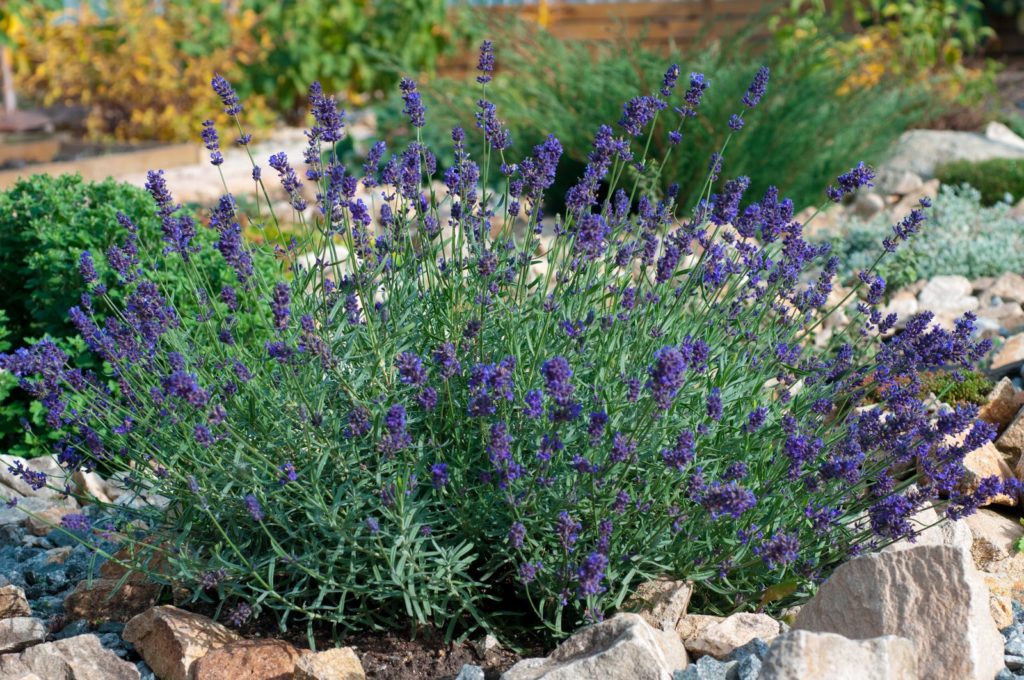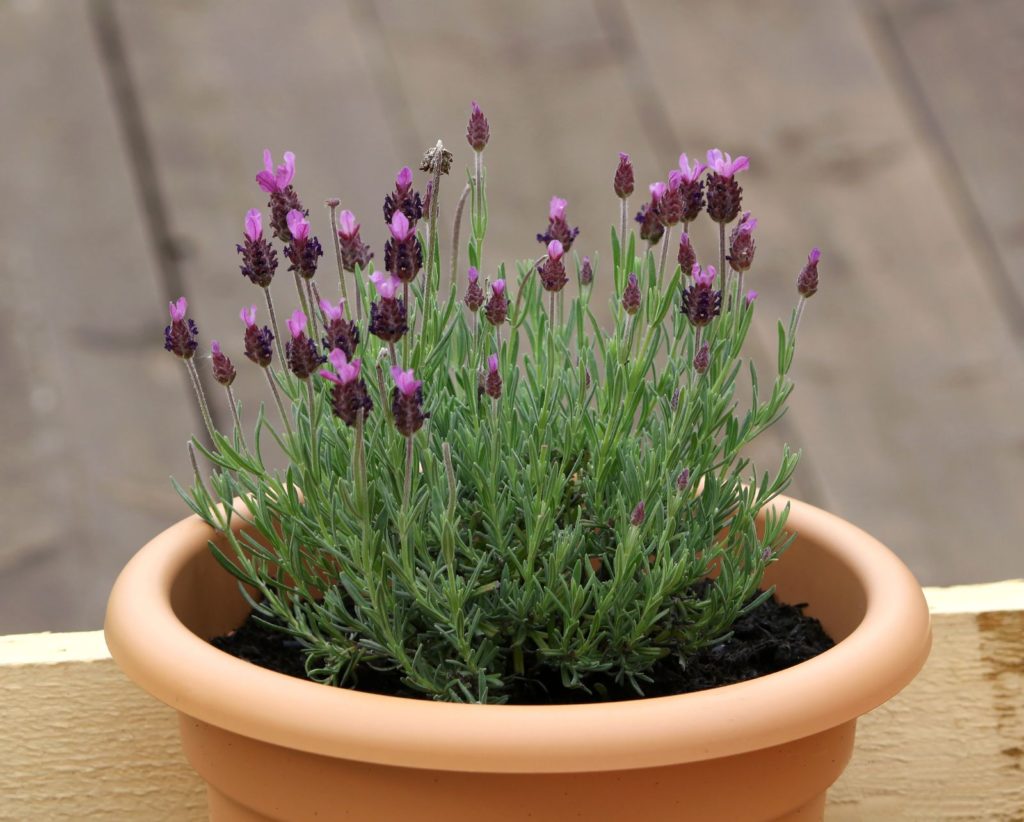Lavender tree: lavender as a small tree in the flower bed or pot
When you think of lavender, you probably first think of wide beds full of purple flowers. We show that lavender, however, can also be planted as a tree in beds and pots.

The lavender tree (Lavandula) is now hardly ever found in gardens in our country. The designation as a tree or a bush is actually nonsense in this context, because botanically speaking, lavender is a semi-shrub. With age, they naturally lignify and can even form a trunk if properly trained. Such a lavender as a standard tree definitely creates a special eye-catcher for the garden or on the balcony. Planting and caring for the lavender tree differs only slightly from the procedure for lavender in shrub form. In this article we have summarised the most important points, so that this rarity may soon be in your garden too.
Contents
Basically, when planting the lavender tree, the same rules apply as for lavender in general. Not all varieties tolerate the cold temperatures in the open field in our latitudes. Therefore, at least temporarily cultivation in a pot may be necessary. Below, we explain what to consider when planting in the flower bed and in pots.
Planting lavender trees in the flowerbed
Whether the standard tree is hardy depends on the lavender variety from which it was grown. The only hardy species is probably only true lavender (Lavandula angustifolia). Varieties of spike lavender (Lavandula latifolia) and French lavender (Lavandula stoechas) require special protection to survive the cold months outdoors unscathed.

Once you have found the right variety, you should choose a warm, sunny spot for your lavender tree with well-drained soil that tends to be low in nutrients. You can mix heavy soils with a little sand, if necessary. Also, when planting the lavender tree, make sure you have a large enough planting hole and enough distance from other plants.
For detailed instructions on planting lavender, see our dedicated article.
Planting a lavender tree in a pot
However, if you prefer to play it safe, you can cultivate your lavender tree year-around in a pot or tub. So in autumn you have the opportunity to easily transfer it to a cool winter quarters in the house or garage. A suitable location for the summer months is a sheltered place in the garden or on the balcony. However, when planting, you should immediately pay attention to a sufficient size of the planter, because the roots of lavender need a lot of space. It is best to fill the tub with a substrate that is rather low in nutrients. Ideally suited for this is a high-quality herbal soil such as the Plantura Organic Herb & Seeding Compost. For higher permeability, you can add sand to the substrate.

- Perfect for herbs as well as sowing, propagating & transplanting
- For aromatic herbs & healthy seedlings with strong roots
- Peat-free & organic soil: CO2-saving composition
Tips and tricks for care can be found in our dedicated article on lavender in a pot.

Caring for a lavender tree
Also, with regard to lavender care, basically the same rules apply as for any other lavender. Below we have summarised the most important points for you once again:
Watering a lavender tree
When cultivating lavender in the garden bed, you need to water the plant only during prolonged dry periods, whereas a lavender tree should be watered more regularly. However, when cultivating in pots, be sure to provide adequate water drainage, because a lavender tree does not tolerate waterlogging well at all.
Fertilising a lavender tree
Naturally, the Mediterranean herb grows in nutrient-poor soils. Therefore, a single fertilising at planting is more than sufficient. In subsequent years, an annual application of fertiliser at the beginning of the growth phase (March/April) is sufficient. It is best to use a fertiliser with an organic long-term effect to provide your lavender tree with sufficient nutrients over a longer period of time. Our 100 percent animal-free Plantura All Purpose Plant Food is ideally suited. For lavender grown in pots, an additional second fertilisation at the beginning of flowering (end of June/beginning of July) will provide optimum support for your lavender tree.

- Perfect for a variety of plants in the garden & on the balcony
- Promotes healthy plant growth & an active soil life
- Long-lasting fertiliser that is free from animal products - child & pet friendly
Pruning lavender trees
Most often lavender is known only as a bushy shrub. However, in order to enjoy your lavender tree for a long time, you should prune it regularly so that the standard tree does not run wild and, in the worst case, revert to its natural growth habit. In principle, the same rules should be followed as for normal lavender. In fact, when pruning the lavender tree, you only need to trim the crown. In spring (March/April), when frost is no longer expected, about one to two thirds of the new shoots can be cut back, making sure that the crown is as around as possible. You can make a second cut after flowering until the beginning of August at the latest. This summer pruning then involves cutting only the faded stems to encourage a second bloom. However, always be careful not to cut into the old wood.
More information on the proper care of lavender can be found here.
Lavender tree: suitable varieties and species
In principle, any species of lavender can be grown as a standard tree. vigorous varieties offer themselves here in a special way. But patience is needed here, because a lavender bush or cuttings can not be grown overnight into a handsome lavender tree. Some years you need to properly prune the lavender again and again and pay attention to optimal care.

We can recommend the following varieties of lavender:
- ‘Hidcote Blue‘: Proven, English variety of true lavender with dark blue-violet flowers; strongly fragrant; slow and compact growing.
- ‘Dwarf Blue‘: Medium height variety of true lavender with grey-green foliage and purple flowers; works well as a bed border and scented hedge.
- ‘Anouk‘: French lavender with dark purple flowers; long blooming season from May to August; bushy habit; intense, pleasant fragrance.
A comprehensive collection of varieties of true lavender can be found here.

























